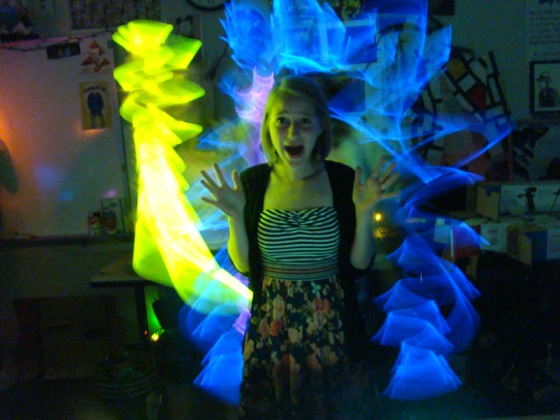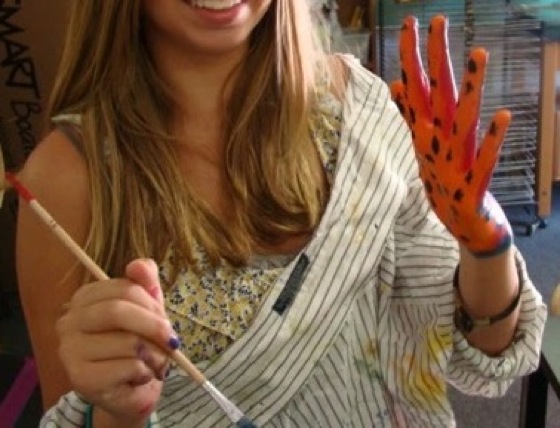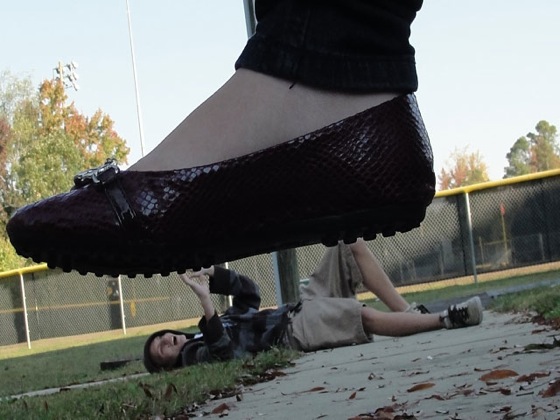Have you ever had a student complain about an art project? “This is hard,” they say. My standard response is a spoof on the movie, A League Of Their Own.
“Of course it’s hard,” I say. “If you want easy, go play baseball. This is art. It’s supposed to be hard. If it wasn’t hard, everyone would do it. The hard… is what makes it great.”
While I believe that art is hard, I also believe it can be fun. Sometimes, after working hard, one needs a little fun to blow off the tension. Sometimes we all need a Fun Friday.
The idea behind Fun Friday is to work on an art project that still elicits thought and creativity, but not necessarily the intense concentration that some art projects require. Fun Friday projects work best when the students are still learning, but they don’t know it.
Fun Friday projects are best aligned with the previous week’s lessons. You’ll want to incorporate some of the concepts or knowledge gained, but present it in a way that allows for more play and less direct concentration.
Here are some examples.
- After an intense week of observational drawing, including contour and blind contour line drawings of their hands, consider developing a lesson based on Guido Daniele’s hand paintings. Give the students tempera paint and let them paint their hands.
- After a week of serious 1, 2 or even 3 point linear perspective, have teams of students work on creating forced perspective photography with digital cameras.
- If you spent a week studying line variation, try turning out the lights and drawing lines using glow sticks.

Next time a student tells you art is hard, tell them they are correct. Then consider how you might reward that hard work with a Fun Friday.
What kinds of creative activities do you do with your students for fun?
How important do you think days like Fun Fridays are for students? What about for teachers?
Magazine articles and podcasts are opinions of professional education contributors and do not necessarily represent the position of the Art of Education University (AOEU) or its academic offerings. Contributors use terms in the way they are most often talked about in the scope of their educational experiences.






